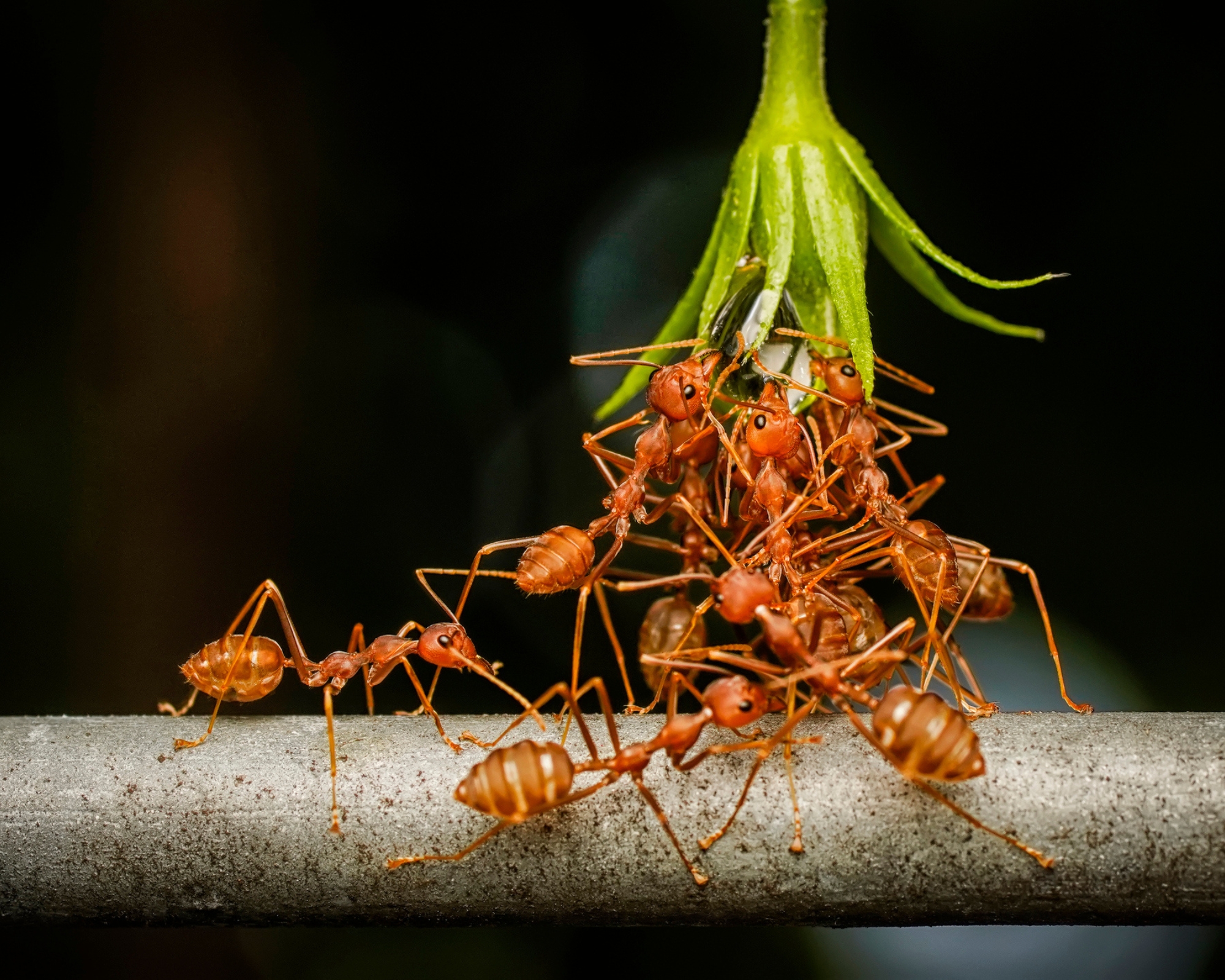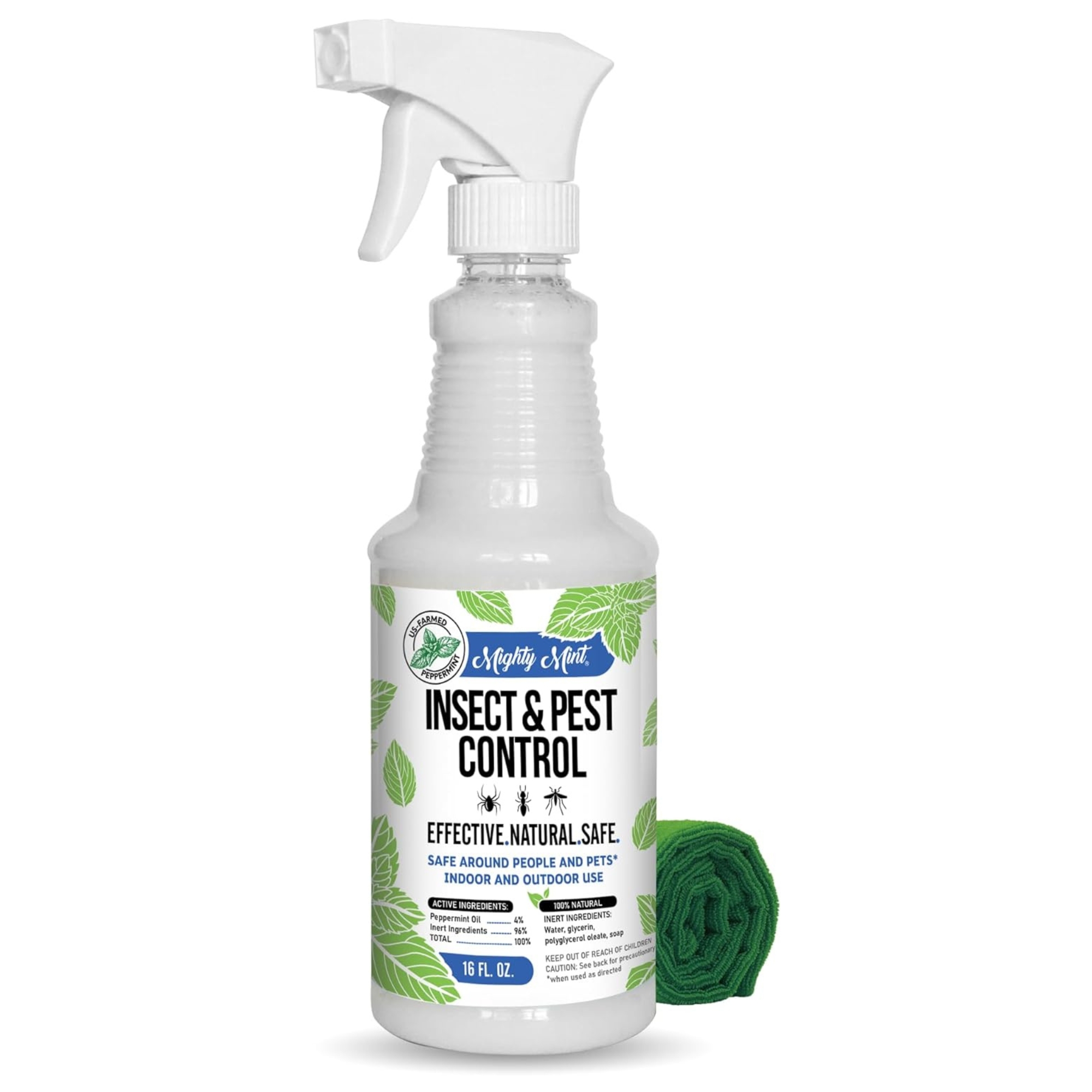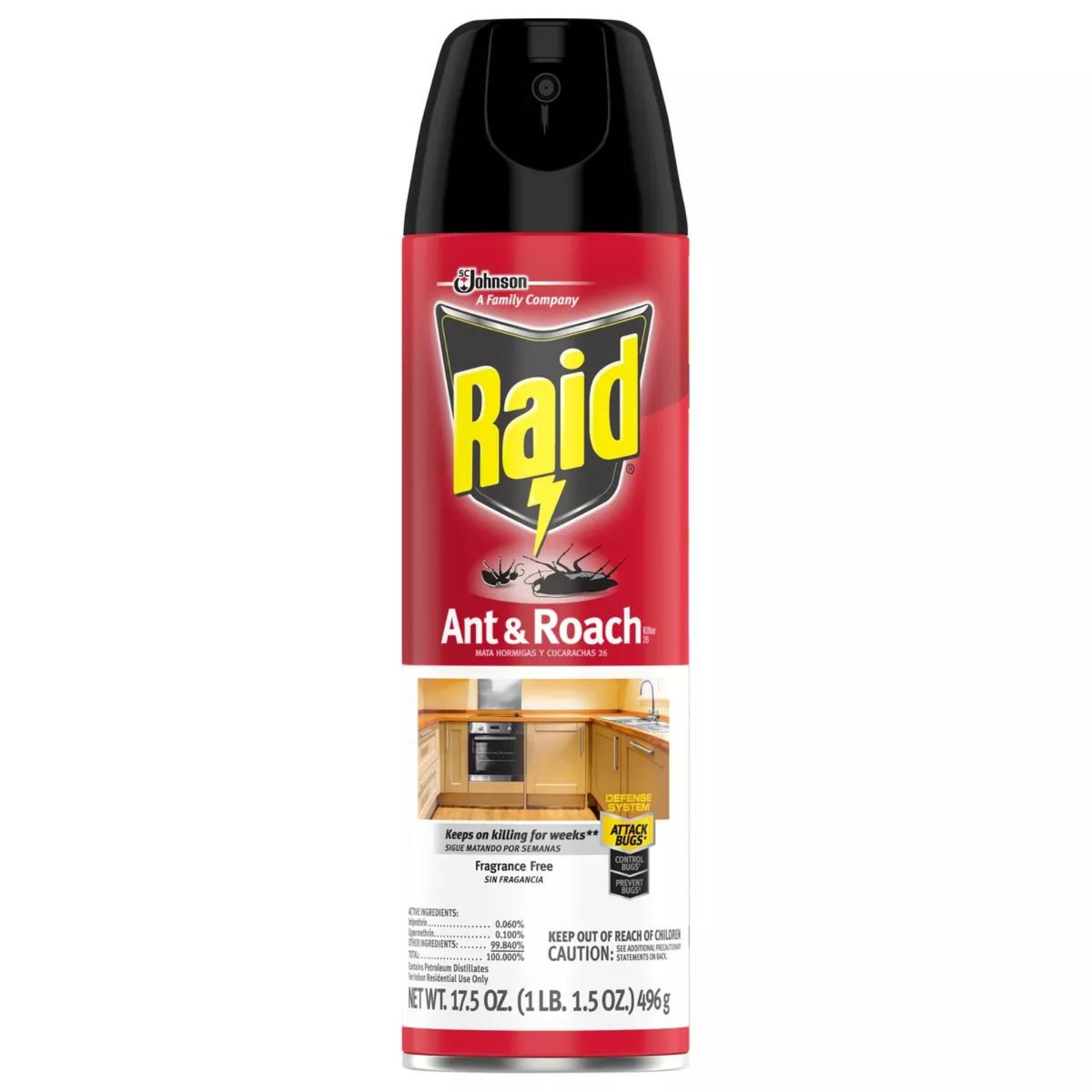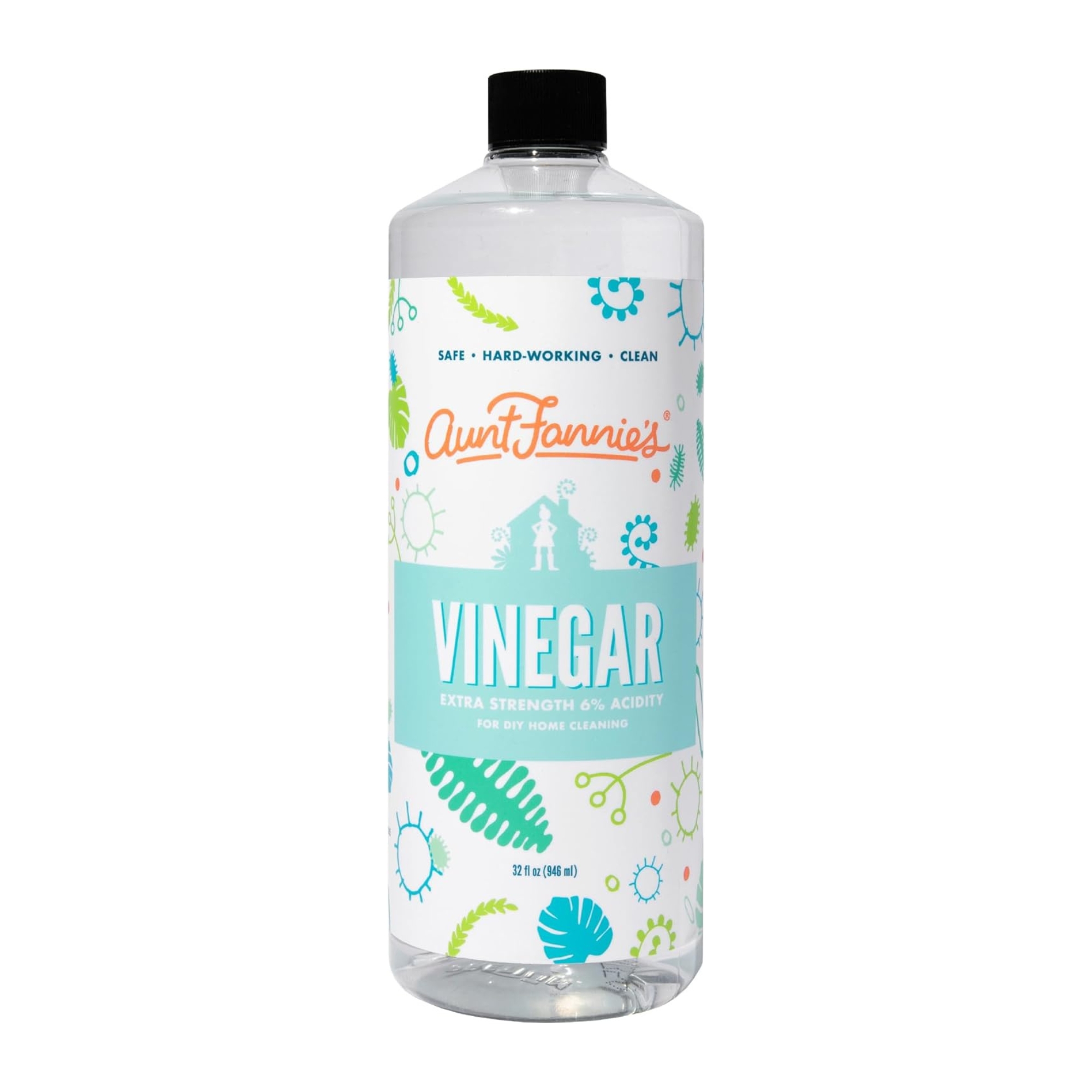
- 1. Find the source
- 2. Clean the area
- 3. Pick extermination method
- 4. Apply treatment
- 5. Prevent ants returning
- Meet our experts
- Can I use boiling water to kill red ants?
- Are there any pet-safe methods to kill red ants?
- How long does it take to see results from ant baits?
- Can I put ant bait indoors?
- What should I do if I have a persistent ant problem?

Knowing how to kill red ants is key if they've begun to infiltrate your home or backyard as their bite stings and, like any other creepy-crawly, you don't want an infestation.
Our pest and cleaning experts reveal the five simple steps to banishing red ants, including how to locate the source, which red ant killer to use, and how to stop them returning.
Keeping pests out of your home is essential if you want to enjoy life free from the fear of nasty skin pinching and pest invasions.
How to kill red ants like a pro
If red ants have made themselves at home, but you want to avoid the most common pest-control mistakes, look no further. Our industry experts walk you through the simple steps to kill red ants and restore your peace of mind once again.
Where our pros have suggested products, we've sourced high-quality items from reliable retailers to help you tackle your red ant problem.
All prices correct at the time of publication.
Step 1: Find the source of the red ant infestation

The first step in dealing with red ants locating the source of the infestation. They typically build their nests outdoors, but may enter homes in search of food and water, especially during hot or wet weather. To locate the nest, follow the red ant trails.
Get small space home decor ideas, celeb inspiration, DIY tips and more, straight to your inbox!
John Target, owner of Target Pest Control, says, "First, ideally you want to locate where the red ants are coming from. This might be a visible ant hill in your yard or a small crack in your house foundation."
Follow the trails to find the main nest. Red ants usually travel in a line from their nest to their food source, so tracking their path should lead you to the colony. Look for mounds in your yard or garden, especially in sunny areas. Indoors, check along baseboards, under sinks, and in cabinets where ants might be entering your home.
Much like banishing ants from your kitchen fast, identifying the source of your red ant problem is crucial for effective treatment.
Step 2. Clean the area

The next crucial step is to clean the area thoroughly. John explains, "Red ants are usually attracted to food crumbs and spills. Clean up any food sources, making sure to wipe down counters, sweep floors, and seal food in airtight containers."
Clean all surfaces, especially countertops, floors, and inside cabinets, using water and vinegar mix, or your favorite all-purpose household cleaning spray. We like MRS. MEYER'S CLEAN DAY Multi-Surface Everyday Cleaner Mint Scent, available on Amazon, as its plant-derived smell will repel pests such as red ants, and the product has not been tested on animals.
Wiping down all these areas, will eliminate food residues and red ant pheromone trails that attract more of them. Mixing the Good & Gather White Distilled Vinegar from Target with water can create an effective solution, as vinegar breaks down ant trail chemicals with ease.
Karina Toner, operations manager at Spekless Cleaning, says, "I highly recommend a 1:1 mixture of vinegar and water to clean surfaces and disrupt red ant trails. The strong smell of vinegar disrupts their pheromone trails, making it harder for them to navigate and find food sources."
For outdoor areas, remove any food scraps, fallen fruits, and pet food bowls. Regularly mowing the lawn and trimming shrubs can also reduce the number of hiding spots for ants. Disposing of garbage properly and ensuring that trash cans have tight-fitting lids can prevent red ants from being attracted to waste.
Step 3: Choose your method of red ant extermination

Once identified, select the appropriate method to kill the red ants. There are several approaches, including chemical treatments, natural remedies, and baiting systems.
Chemical insecticides such as sprays, granules, and dusts specifically designed to kill red ants are highly effective and fast-acting. However, they can be harmful to pets, humans, and the environment, and may require multiple applications.
John says, "Insecticides can be particularly effective where infestations are severe. Use an insecticide spray specifically designed for ants, spraying around entry points, baseboards, and any ant trails you see."
The STEM Store Insecticide from Amazon is suitable for both indoor and outdoor use, killing red ants quickly.
Natural remedies like diatomaceous earth, boric acid, or essential oils (such as peppermint or tea tree oil) are safer for the environment and non-toxic to humans and pets. These methods may take longer to see results and are often less effective for large infestations.
Karina recommends Diatomaceous Earth from Amazon. She says, "This natural powder is safe to use around pets and children but deadly to red ants. Sprinkle it around the nest and along red ant trails."
She adds, "If you find the source, use a duster or applicator to ensure the dust reaches deep into the nest."
The Duda Energy Boric Acid Powder from Walmart kills red ants but the label says it is safe to use around children. Always read the label full first before opening, and keep insecticides out of reach of little ones.
Baiting systems use poisoned food to attract red ants, which then carry the poison back to the colony. This method targets the entire colony and minimizes immediate exposure to chemicals, but it is slow-acting and requires patience and multiple placements.
John recommends Terro Liquid Ant Baits, available from Target. He says, "These are a fantastic choice for getting rid of red ants. The bait contains a sweet liquid that ants love. They take it back to their nest, spreading the poison and eventually killing the entire colony. It's easy to use and very effective for indoor and outdoor use."
Step 4. Apply the red ant treatment
Follow the instructions for the selected method carefully. Ensure you cover all areas where the pests are present, including red ants nests and trails.
Direct application of insecticides or natural remedies to trails and nests offers immediate action and allows you to see where the treatment is applied, but it may miss hidden nests and requires consistent reapplication.
Widespread application using granules or sprays over a broader area covers more ground and is useful for larger infestations, but it involves higher chemical usage and potential environmental impact.
Step 5: Prevent future red ant infestations

Once you've controlled the current infestation, take steps to prevent future ones. This includes sealing entry points, maintaining cleanliness, and regular yard maintenance.
Chemical barriers, such as residual insecticides applied around the perimeter of your home, create a long-lasting barrier against red ants but involve continuous exposure to chemicals and potential environmental impact.
John recommends Ortho Home Defense Insect Killer, available from Walmart. He says, "This product works great for both prevention and active infestations. It creates a long-lasting barrier around your home that kills red ants on contact and keeps them from coming back."
Natural pest repellents such as citrus peels, vinegar, or essential oils are safe and eco-friendly with a pleasant smell, but they require frequent reapplication and are less durable.
Create physical barriers to stop ants getting inside, including sealing cracks, fixing screens, and removing debris from around the home, offer long-lasting protection and improve home integrity.
John says, "Red ants can find their way through the tiniest of gaps. Caulk is your best friend here — use it to fill any cracks or openings around windows, doors, and floors. It's not just about blocking their current paths; it's about preventing future unwelcome visitors too."
Chemical barriers, such as residual insecticides applied around the perimeter of your home, create a long-lasting barrier against rants but involve continuous exposure to chemicals and potential environmental impact.

Price: $19.98
Size: 16 FL. OZ
Made from plant-based ingredients and free from sodium lauryl sulfate, when used as directed, this effective, natural repellent spray can safely be administered near children and pets. It was bought 30,000 times last month, with customers who brought the product praising its potency.

Price: From $5.99
Size: 15.5 or 35 FL. OZ
This spray's special formula kills red ants and other pests on contact and keeps killing with residual action for up to four weeks. Effective on variety of bugs including ants, roaches, and household spiders. Real Homes editor Punteha van Terheyden loves this item, having used it to tackle multiple ant infestations in different homes with great results though it took two applications.

Size (fl oz): 32
Price: $13.99
This extra-strength vinegar is great for many household jobs, but mixed with water can also prove a really effective red ant deterrent. Stock up on this hard-working ingredient for cleaning floors, window sills, and knocking together pest-repelling vinegar solutions. It's perfect for getting rid of flying ants, too.
Meet our experts

Karine is an operations manager at Spekless Cleaning, a respected cleaning company operating across multiple US states. She has more than 10 years cleaning experience and is an expert in professional cleaning solutions and helping clients with sustainable and effective cleaning.
FAQs
Can I use boiling water to kill red ants?
Yes, pouring boiling water directly onto ant mounds can kill ants on contact. However, it may not reach the queen and deeper parts of the nest, requiring multiple applications. It's also risky to plants, killing grass and plants alike, and can be dangerous if not handled properly.
Are there any pet-safe methods to kill red ants?
Yes, using natural remedies such as diatomaceous earth or essential oils is generally safe for pets. Ensure pets are kept away during application and until the area is dry or settled to prevent any potential irritation.
How long does it take to see results from ant baits?
Results from ant baits can take a few days to a couple of weeks. The poisoned red ants need time to carry the bait back to the colony and share it with others, including the queen.
Can I put ant bait indoors?
Yes, ant bait can be placed indoors, particularly along ant trails and near entry points. Ensure the bait is kept out of reach of children and pets, and follow the manufacturer's safety instructions.
What should I do if I have a persistent ant problem?
If your red ant problem persists despite multiple treatments, it may be best to consult a professional exterminator. They can provide a thorough assessment and apply more potent treatments if necessary.
So there you have it — how to kill red ants in five simple steps. By following this guidance and considering the pros and cons of each method, you can effectively control and eliminate red ant infestations while maintaining a safe environment for your family and pets.
Next, check out how to get rid of ants in your home and stop them coming back for good.

I'm a senior writer with an English degree and NCJ qualification, plus years of experience writing news, lifestyle and consumer articles for the national and international press. I'm also a copywriter, working on a breadth of consumer and corporate projects, and a private education consultant. I live in the quiet of the countryside and love completing DIY tasks to breathe life into my small, newly-built home.
